
Menu:
Learning Geometry in the Dance Studio
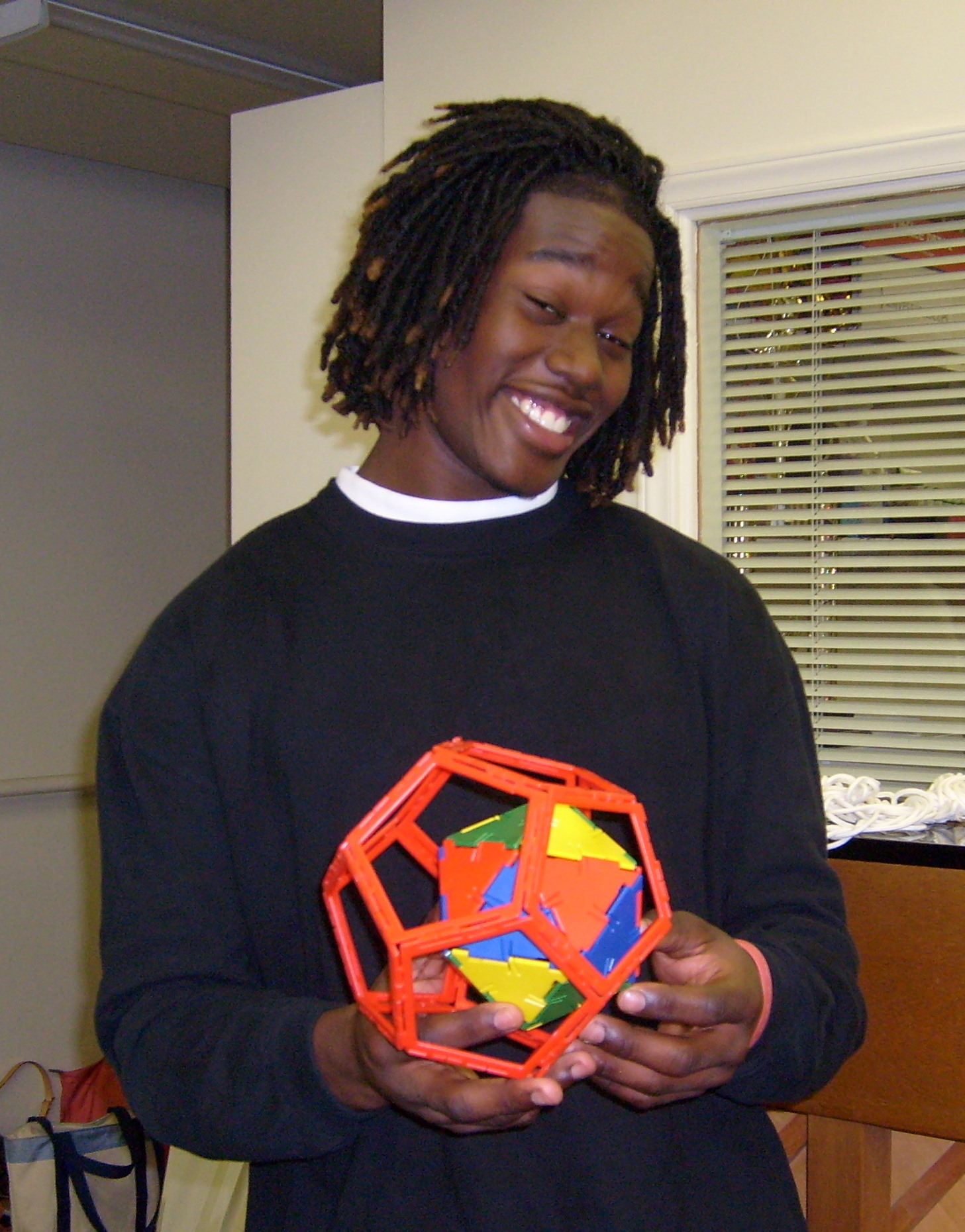
We, two professors at Wake Forest University, one in math, one in dance, began a collaboration in the fall of 2006. It began with the choreography of a geometrically inspired work, Trace of a Moving Point. We then tried a pedagogical experiment where we brought together our students. They began by building Platonic solids (see below) out of toothpicks and gumdrops in math class. Then, in the dance studio, they had to build human models of these solids and put them in motion.
On this site you find photos & video of our dance studio efforts, the handout given to students, a preprint of the article we've written about our collaboration, and a presentation on this work. For further references to the wide world of dance and math collaboration, check out the excellent bibliography of math and dance offerings compiled by Karl Schaffer and Erik Stern, and browse their mathdance site.
Who we are
 |
 |
| Jason Parsley | Christina Tsoules Soriano |
| Asst. Professor of Mathematics | Asst. Professor of Dance |
| Research interests: differential geometry in low dimensions, physical knot theory | Artistic interests: modern dance |
The 5 Platonic solids
A Platonic solid is a regular polyhedron, that is, a 3-d figure whose faces are all the same congruent polygon. Plato and Euclid both realized there were only 5 such solids. They are:
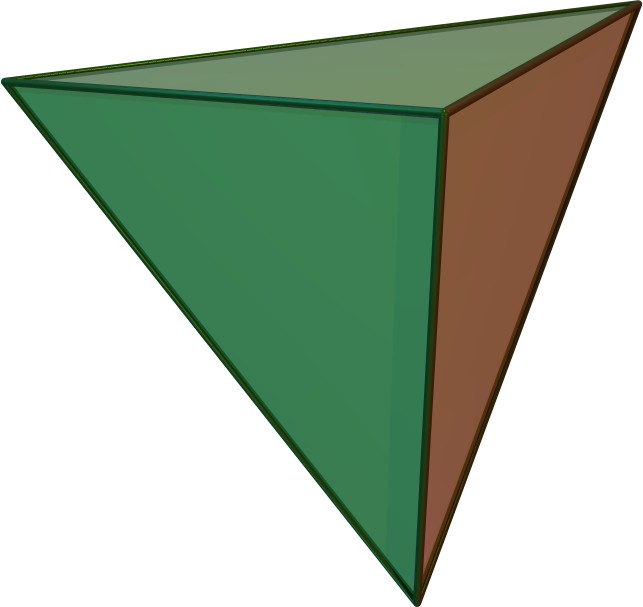 |
 |
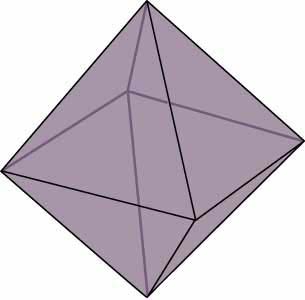 |
| Tetrahedron | Cube | Octahedron |
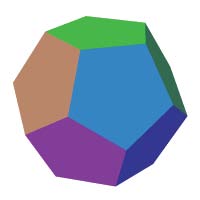 |
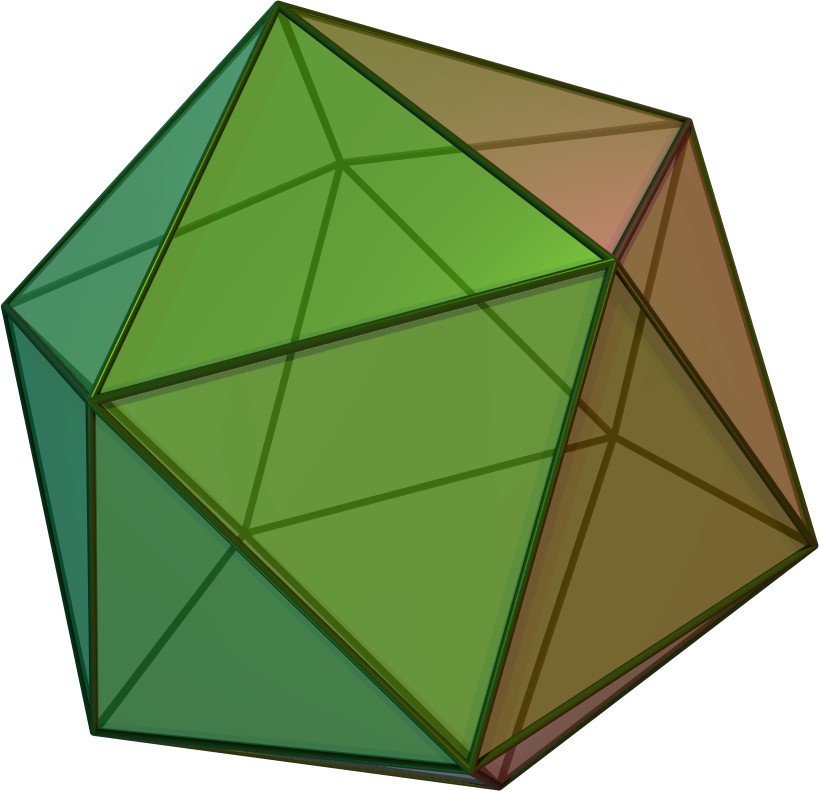 |
| Dodecahedron | Icosahedron |
